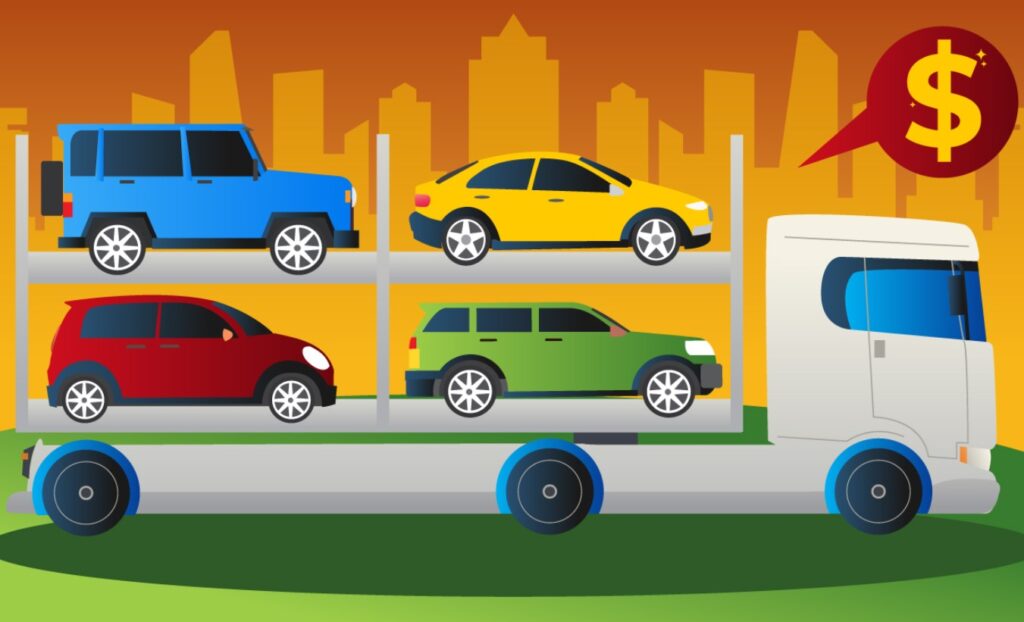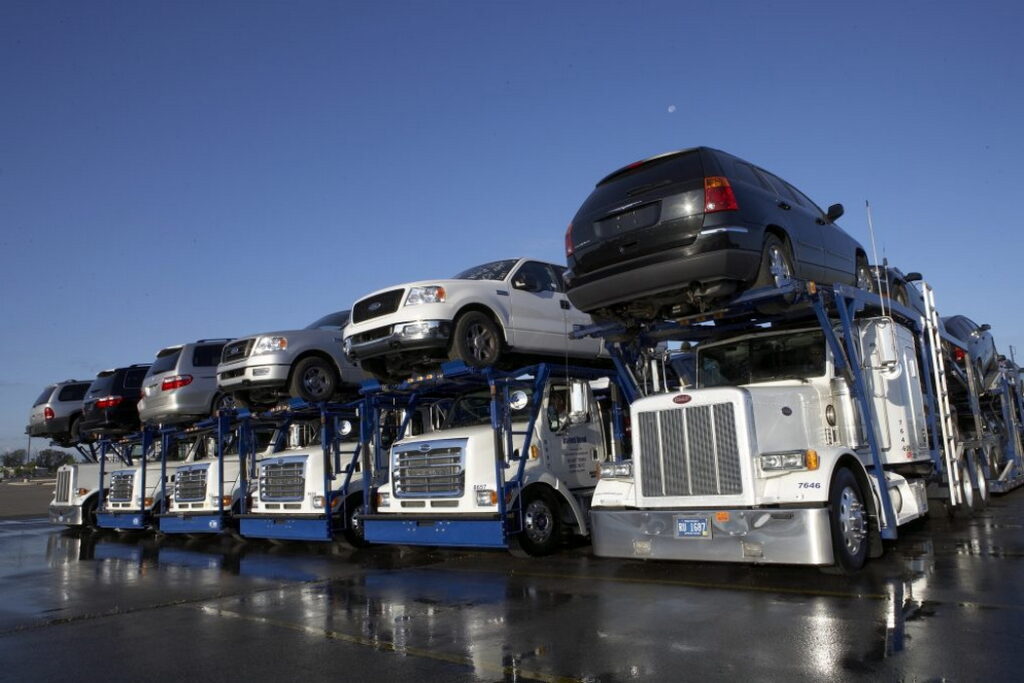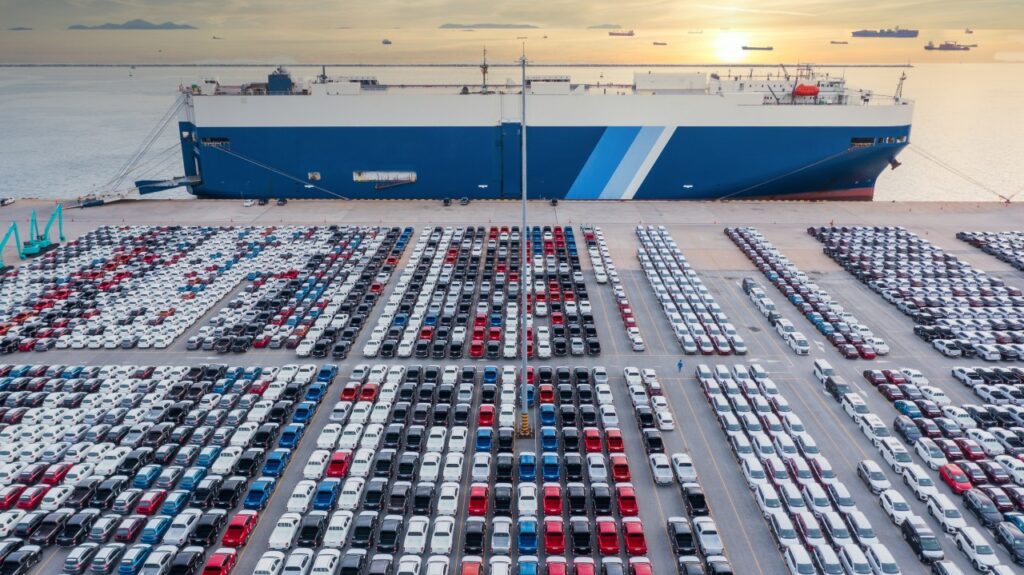It’s natural to have concerns when transporting a vehicle, particularly about the potential for damage and what sort of coverage you’ll have access to. It isn’t easy to turn the responsibility for something valuable over to someone else without knowing what could happen in transit.
Unforeseen circumstances can occur, some that are unintentional, unavoidable, and out of everyone’s control, while some result from a slip in judgment.
It’s important to research when considering the idea of having an auto transport in San Francisco to ensure you find a trustworthy, credentialed, and legitimate service. These companies will have stringent guidelines for customers to follow when preparing autos for shipment to help avoid loss or damage.
They employ well-trained drivers with safety as their focus, use quality tools and equipment, and follow a customer-centric support system. Let’s look at what can increase the threat of damage when transporting cars and trucks.
What Factors Contribute to Damage Threats with Car Shipping Services

Many things heighten damage threats when transporting cars and trucks; some can be based on a lapse in judgment either on the part of the customer, driver, or the company, and others are unavoidable or unintentional.
Some of the primary risks associated with damage are out of everyone’s control. Let’s look at a few of these.
Extreme weather
Weather conditions can put an auto at severe risk for damage while in transit, particularly snow or ice and heavy rains, creating dangerous roadways for the drivers. It increases the possibility of accidents and other incidents along the route, making the path challenging.
The driver needs to be aware of the load, the roads, the other drivers, and possible debris in the path. With an open trailer, heavy hail or strong winds can damage the vehicles due to the exposed transport.
Roadways
Poorly maintained roadways and interstate highways can put car shipments at risk, with debris, bumps in the path, potholes, and other hazards hindering driving.
When striking loose gravel and other heavy debris, it can fly up to come in contact with exposed vehicles on open trailer beds, leading to dents, dings, scratches, or chipped paint.
Significantly rough conditions have the potential to lead to a blown tire, causing an accident and possibly severe damage.
Fortunately, with reputable auto transport companies, drivers are well trained in defensive driving with the ability to navigate hazardous and unsafe conditions expertly.
The carrier type
The carrier that transports the vehicles can play a key role in the level of risk associated with the shipment. Open trailers are more affordable than enclosed carriers, but these are exposed to the elements, posing a more significant threat for damage.
Enclosed transport is a more expensive investment, but the trailer offers a higher degree of safety with the closed-in bed.
How Can You Minimize Damage Risks with Auto Shipment

To ensure your car arrives in the same condition it left, it’s essential to take proactive steps to minimize damage risks. Here’s a comprehensive guide on how to do just that:
- Choose a Reputable Shipping Company: The first step in minimizing damage risks is to select a reliable car shipping company. Research and read reviews to find a reputable company with a proven track record of safe and secure car transportation. Look for a company that is licensed and insured.
- Inspect Your Vehicle Thoroughly: Before handing over your vehicle to the shipping company, inspect it thoroughly. Document any pre-existing damage by taking clear photos from multiple angles. Make sure to note any dents, scratches, or other visible issues.
- Remove Personal Belongings: Most car shipping companies recommend removing all personal belongings from your vehicle. Personal items can become projectiles during transit, potentially causing damage to your car or other vehicles in the trailer.
- Disable Car Alarms: Disable any car alarms or anti-theft devices to prevent them from going off during transit, which can be disruptive and annoying for the driver and other vehicles in the trailer.
- Choose Enclosed Transport: If you’re concerned about your car being exposed to the elements or potential road debris, consider opting for enclosed transport. This provides an extra layer of protection against weather and external factors.
- Check for Leaks and Fluids: Ensure that there are no leaks or fluids dripping from your vehicle. Leakage can damage other cars in the trailer and pose environmental hazards. Fix any leaks before shipping.
- Maintain Proper Tire Pressure: Adequate tire pressure is crucial during shipping. Check and maintain the recommended tire pressure to prevent flat spots or damage to the tires.
- Secure Loose Parts: If there are any loose parts or accessories on your vehicle, such as spoilers, antennas, or removable racks, secure or remove them before shipping. This prevents them from getting damaged or causing damage to your car or others.
- Leave Minimal Fuel in the Tank: It’s advisable to have a quarter tank of gas or less when shipping your car. A lighter vehicle is more fuel-efficient and easier to transport, reducing the risk of accidents during transit.
- Understand Insurance Coverage: Review the insurance coverage provided by the shipping company. Understand what is included and what is not. Consider purchasing additional insurance if you have valuable or high-end vehicles.
- Ask About Safety Measures: Inquire with the shipping company about the safety measures they have in place, such as vehicle securing methods and trailer maintenance. A reputable company should be able to provide you with detailed information.
- Communicate Clearly: Maintain open and clear communication with the shipping company throughout the process. Confirm pick-up and drop-off dates, locations, and any specific instructions you have regarding your vehicle’s handling.
- Inspect Upon Arrival: When your vehicle arrives in San Francisco, perform another thorough inspection. Compare its condition to the documented pre-shipping photos. If you notice any new damage, report it immediately to the shipping company and file a claim if necessary.
Final Thought

Car shipping involves some risks, but in that same vein, driving your vehicle from one state to the next or across the country does as well. When having it transported, it’s safer, more protected, with a driver who has undergone extensive defensive-driver training meant to keep the cars and trucks secure.
Credential auto transport companies have insurance to protect from possible damage and ask that their customers have adequate vehicle coverage.
With all the proper precautions, guidelines followed, and sufficient research to find the best carrier, risks can be minimized.







